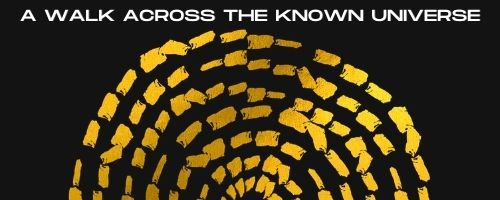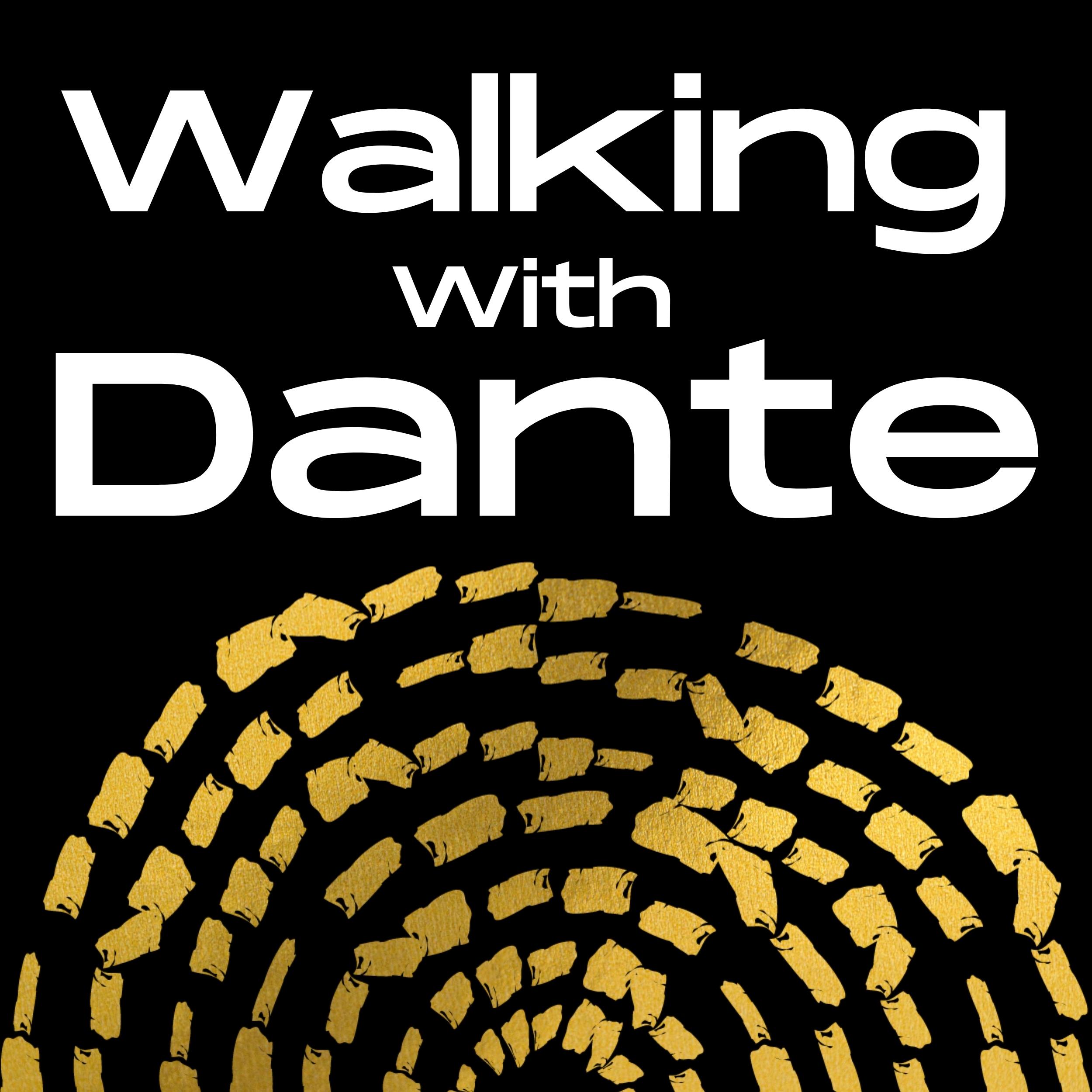Episode 79
The Old Man Of Crete PART TWO--Sewing The Canto Back Together: Inferno, Canto XIV, Lines 94 - 120
Canto XIV of Dante's INFERNO is often seen as a misstep. Or at least an uneasy two-parter. First, there's Capaneus on the burning sands. Then there's this strange statue in a mountain in Crete--and an exploration of the hydraulics of hell.
But maybe Canto XIV isn't the twofer we imagine. Maybe this is an intentional bit of artistic brilliance that shows us two sides of the same coin. Or better yet, that makes an elegant answer to the problems found in Canto VII.
Join me, Mark Scarbrough, as I explore the way the Old Man of Crete fits into the larger structure of Canto XIV--and the seventh circle of hell as a whole. Dante is always two steps ahead of us. We shouldn't doubt him!
Here are the segments of this episode of WALKING WITH DANTE:
[01:11] My English translation of this passage.
[02:56] There are two giants in one canto. THAT can't be a mistake. How can anyone think that Canto XIV breaks into halves? And what's more, look at how XIV compares to Canto VII. (And VII x 2 = XIV!)
[07:12] How can we sew Canto XIV back together after so many commentators have torn it into halves? By talking about the uneasy alliance of classical and Christian thematics, imagery, and iconography in the canto.
[09:03] The Old Man statue is in Crete! Which ties us back to Canto XII and the Minotaur, showing us that Dante has been thinking about the overall structure of the seventh circle of hell since we first came down that scree-filled slope. We've been in the labyrinth all along!
[11:02] An overview of the structure of Canto XIV. Let's look at its narrative movement--particularly, at the problem of starting with Florence and ending at Cocytus, the lowest bit of hell.
[14:26] The Old Man of Crete is our first instance in Dante's COMEDY of a narrative of human degeneracy. Strange, because we'd expect a lot of this kind of talk in a poem about hell. Maybe there's a clue in the poet's stance early on in the canto. Maybe we're moving into territory in which the poet is becoming more than a poet. Maybe he's becoming a prophet.


